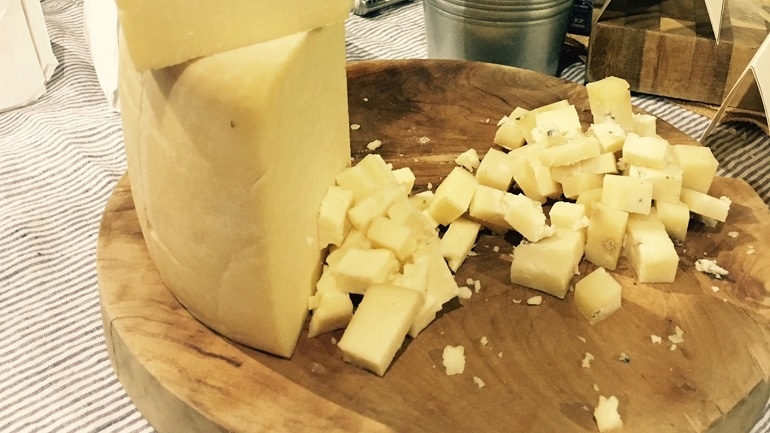Artisanal cheese culture is alive and delicious
For retailers, viewing cheese assortment with a top-down approach is key.
August 9, 2017

For three days in late July, Denver, Colorado, was awash in cheese culture. The American Cheese Society, based in Denver—“Switzerland” to the artisanal cheese world because of its geographic cheesemaking neutrality—held its annual gathering representing all things in and around the making, flavor, science, art, farms and merchandising, indeed the culture, of artisanal cheese.
During this annual gathering I became immersed in a tribal food gathering of those devoted to this special craft. There of course were tasting sessions, but the event hosted nearly 1,500 society members convening for community and shared expertise, not only for enjoyment but to further craftsmanship and refine opportunities as merchants and makers.
Nora Weiser, ACS executive director, reflects that the real purpose of this annual three-day event is to connect: “The goal is to a create, collaborate and share tips in a peer-to-peer community environment." Founded in 1983, ACS is made up of 38 percent cheese producers and about 25 percent retailers, while the balance of members are academics, students, restaurateurs, distributors and others in the dairy industry–the artisanal cheese universe. After considerable training and testing, some join the ranks of Certified Cheese Professional, veritable somaliers of the cheese world. The CCP program is uniquely offered by the American Cheese Society with a goal of raising the level of professionalism within the industry.
While attending this year’s conference, aptly named "Cheese with Altitude" because of its Denver location (next year the annual ACS conference will be held in Pittsburgh, Pennsylvania, and titled "Forged in Cheese"), I participated in a retailer-centric session geared toward artisanal cheese category managers. Being a former retail category manager, of particular interest to me was the nuanced view of product assortment. Cheese merchandising can be used as a path to greatness for retailers struggling in other areas, but viewing assortment with a "top-down" approach—looking at what cheese categories perform best—is key to success. Those big, bold and easy-to-handle cheeses that nearly everyone wants—parmesean reggiano, sharp cheddars, brie—they can make your money. But the more obsure and exotic smaller artisan products will draw customers in. The 80:20 effect holds: 80 percent of sales come from 20 percent of product, and 20 percent of sales are driven by 80 percent of customers.
Artisanal cheesemaking in America holds special opportunity. Whereas in Europe cheeses need to made the same way in the same places (think Champagne grapes), American cheesemakers are free to create. For those interested in farm-to-table culinary experiences, the world of American artisanal cheesemaking is a wide-open universe. Dive in and experiment.
For more information about the American Cheese Society visit its website at www.cheesesociety.org.
You May Also Like


